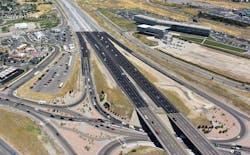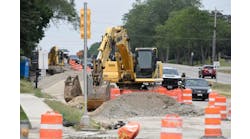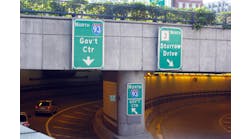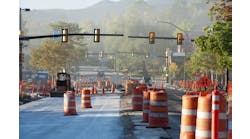In effort to more evenly distribute revenue derived by the state’s gas tax, Utah lawmakers have changed a complicated tax distribution formula in hopes of making dissemination more fair across the state.
Gov. Gary Herbert called a special session of the legislature to address this issue after the Utah League of Cities and Towns and the Utah Association of Counties told legislative leaders last month that they had worked out a solution after months of negotiation.
The legislature unanimously passed HB4002, which shifts $5 million in state general and transportation funds this year to mostly rural counties, some of which have started road projects that they would not be able to finish under the previous formula. It moves $5.6 million to Wasatch Front cities to make up for some of the money they would have not received. The bill also adjusts the formula moving forward.
Cities and counties were promised a 17.5% increase in road funds as a result of a 5-cent per gallon raise in the gas tax in 2015. But some of them were actually losing money under the revamped system. A dozen rural counties that received less than 1% growth per year in transportation funding since lawmakers last raised the fuel tax in 1996 lost a total of $2 million.
Lawmakers tried to correct that in a bill earlier this year that would have given those counties a 100% increase in revenue to reflect the amount the transportation fund had grown since 1996, but doing so would have siphoned $10 million away from the Wasatch Front. Cities objected, citing a different interpretation of how the revised formula worked.
As a result of this impasse, legislative leaders told the Utah League of Cities and Towns and the Utah Association of Counties last spring to work it out and bring back a proposal.
Despite HB4002’s passage, some legislators remain dubious about its measurable success. Rep. Dean Sanpei (R-Provo) said this is the third time lawmakers have tried to get the complicated formula right and something goes wrong each time. He warned that the amount of money cities and counties stand to receive is based on assumptions that might not come to fruition.
“It is unlikely that everybody will get the dollars they think they will get,” Sanpei said, who went on to say cities and counties must accept the risk and understand that transportation modes could change in the coming years.
For more on the state of roads and bridge infrastructure in Utah, read our recent Region Report, which focused on the Southwestern U.S.



